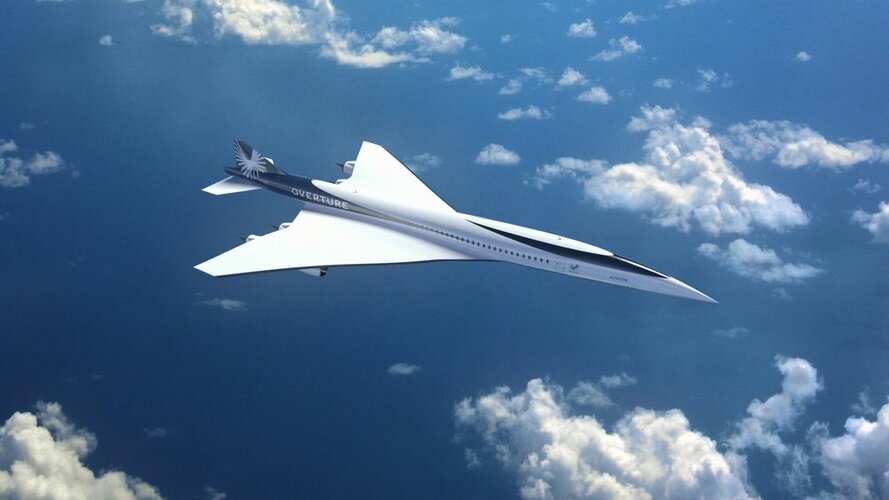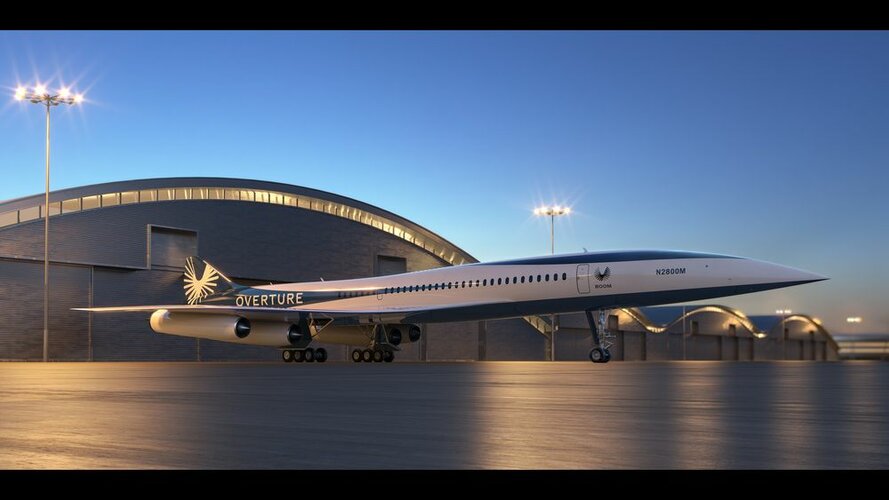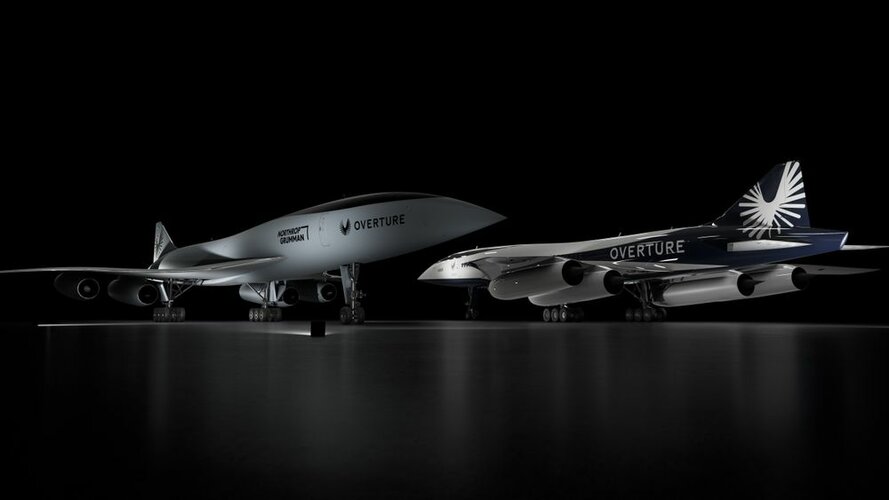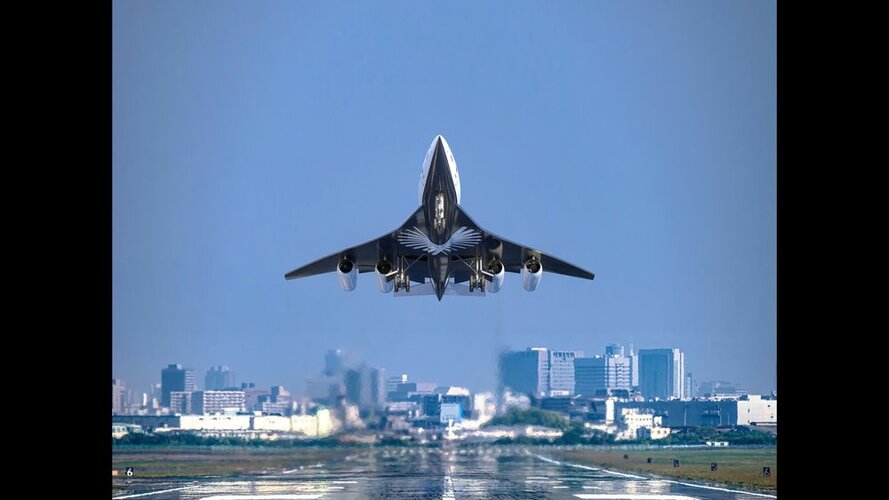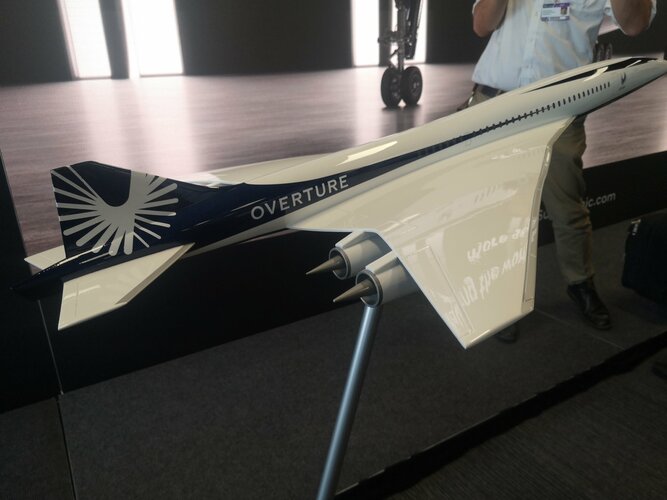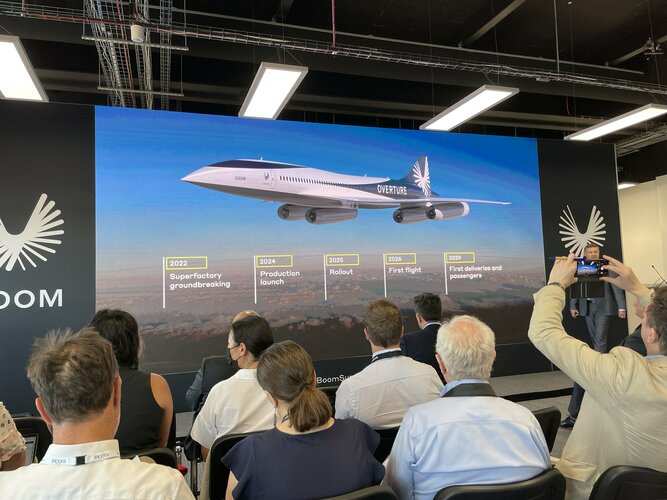@Archibald : please, notice how Boom isn't building a Supersonic bizjet... But an airliner, what makes sense (capta tion of the high end customers back from the bizjet industry - airlines will pay real gold for that).
Ah yes, you are right, the miniature 80 seats Concorde ? (from memory !)
They are kind of brave (if not bold, or perhaps downward suicidal - we shall see in a few years) to try and tackle the "civilian supersonic" issue from a different perspective.
Larger aircraft than a 10-seat bizjet may be harder and cost more development money - but perhaps the necessary larger engines could be more closely derived from classic airliner turbofans ?
The basic recipe of "supersonic civilian aircraft" has failed at both ends - SSBJ and Concorde / Tu-144 / 2707. Maybe they are right to try and hit the problem where nobody ever tried before ?
Concorde after all started as a 80-seat "supersonic Caravelle" to fly between Paris and Algiers in record time.

